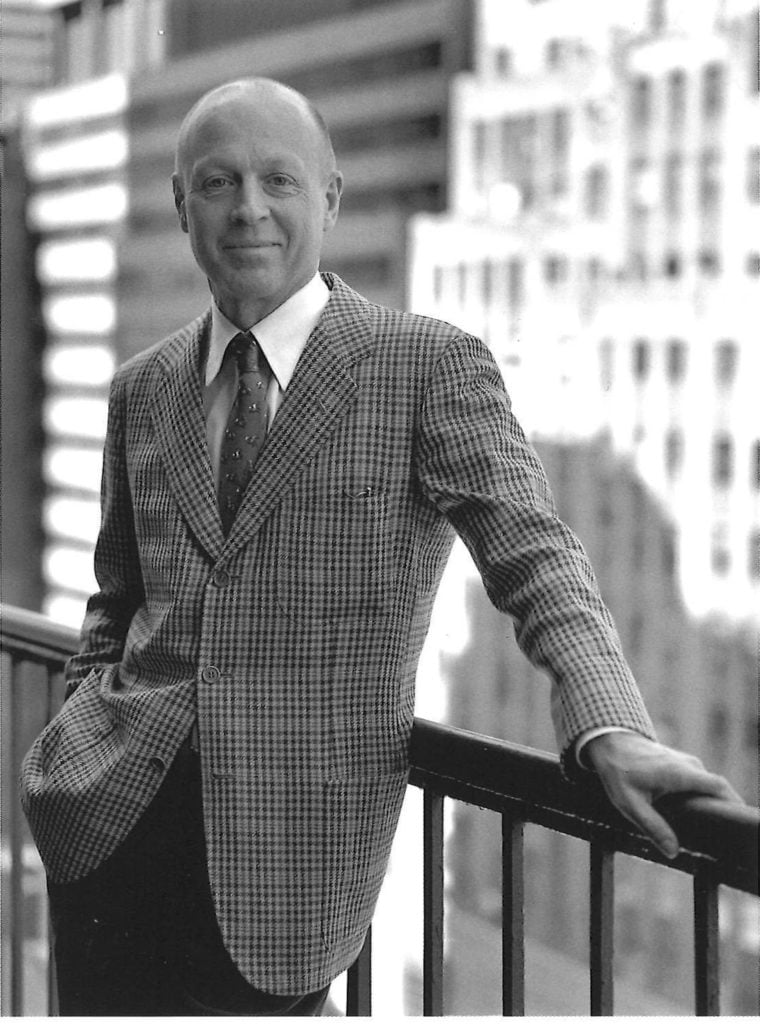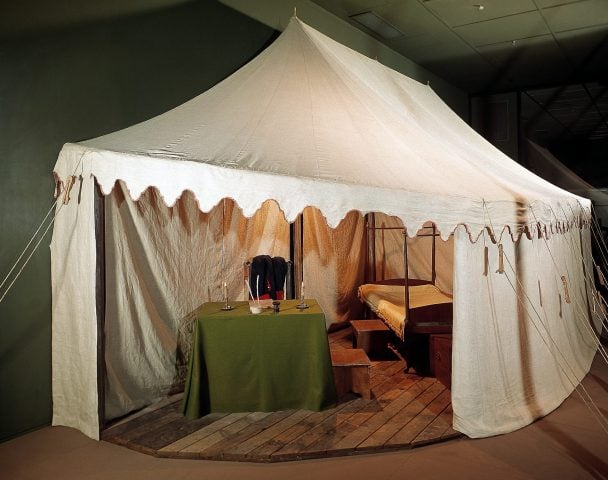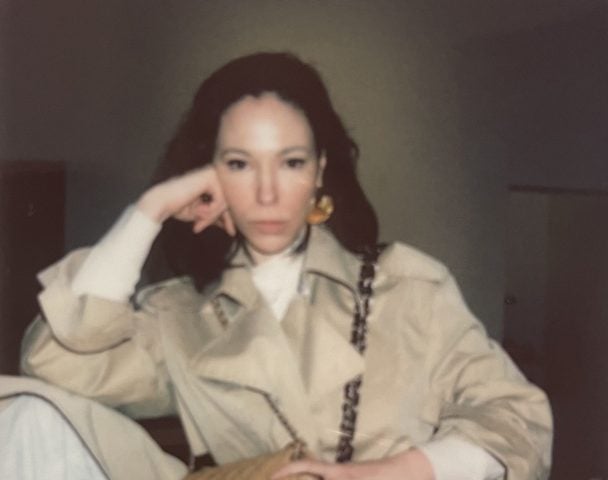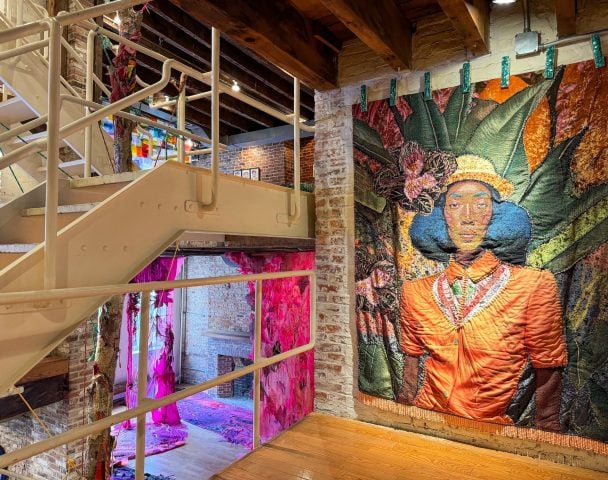“Nobody knows anything” was the screenwriter William Goldman’s famous observation about the film industry, where the teeming mass of hands rushing around a movie lot ensured that no one could have a full picture of what was going on at any given time. That observation applied equally well to the art industry in the pre-internet era, but for a slightly different reason: because art dealers kept their pricing for various artists’ works close to the vest, nobody could have a clear idea of what anything was really worth. This, of course, created confusion for art buyers, and plentiful opportunities for sellers who were willing to exploit this informational disparity to the hilt.
This fundamentally changed with the arrival of artnet, which arose in the early dawn of the digital age as a wildly ambitious effort—like others of the time—to pool together available pricing data and create transparency in the marketplace. As a canny art dealer himself, Hans Neuendorf immediately recognized the potential of such a utility to disrupt the way business was done, so when he came across the visionary technicians with a plan to do it, he jumped in with both feet.
Thirty years later, the international company he has built around the principle of leveling the playing field is more widely used than ever before, and is a cornerstone of the professional art market. But getting to this point was hardly easy. In fact, the road was strewn with seemingly insurmountable challenges.
In the fourth installment of an ongoing series to mark artnet’s 30th anniversary, artnet News editor-in-chief Andrew Goldstein sat down with Neuendorf to talk about how the company came to be.
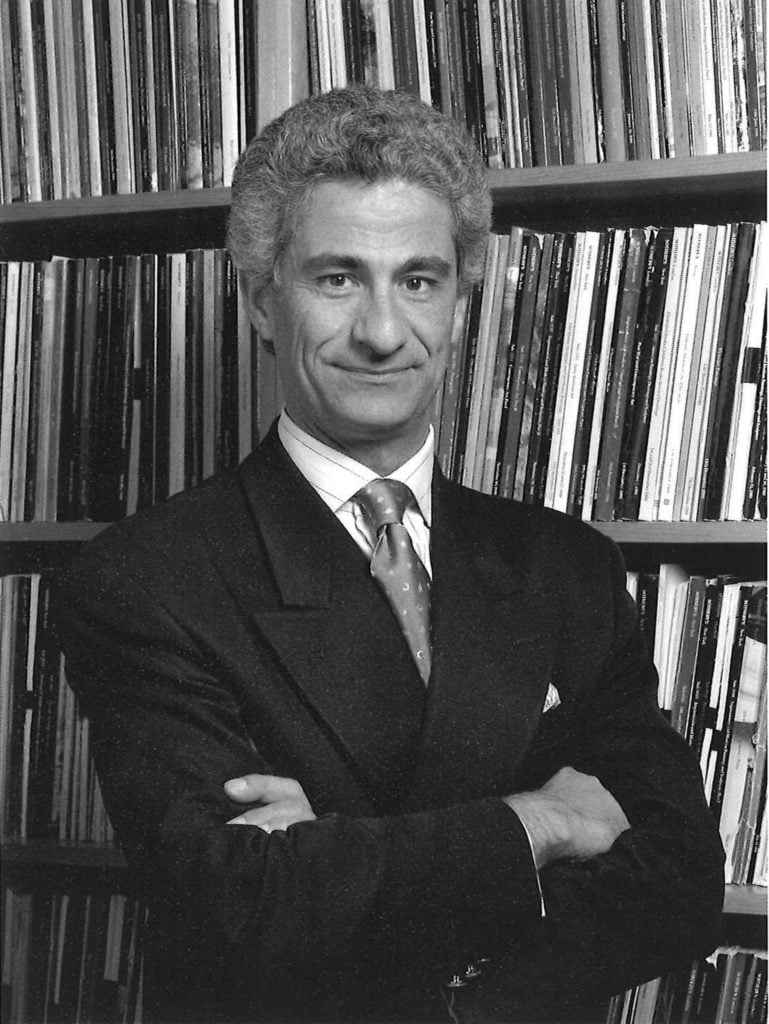
Pierre Sernet. Courtesy of artnet.
You were telling me about your successes with Pop art, and your gallery’s ill-fated expansion to Frankfurt. Somewhere around this time, in the late 1980s, you met an unusual collector named Pierre Sernet. How did that happen?
I had a stand at the FIAC art fair in Paris—I had some Picabias there—and there was this guy standing in one of the aisles in front of a little table with a computer on it. He was around 50, same age as me, and he was trying to sell something to a group of people surrounding him. I looked, and it turned out to be a price database.
Pierre was a collector of 19th-century Japanese photography, and he was always angry that he couldn’t learn what anything cost. Traditionally, there were price books that were printed out, but obviously they had very few images, and without images, it’s useless. So he had invented a way to work with electronic inventories where he could pair the prices with images, and he thought this was going to be a sure winner. But when he was promoting the product, it was breaking down all the time—it was in very early stages.
I looked at it and I really liked it and asked if I could make an investment. He said, “I think that should be possible. Come to New York and we’ll have the first meeting of the people who are starting the company.” I think that was 1987. I went to New York, and we sat around a dining-room table at a house on the Upper East Side that turned out to be Pierre Sernet’s mother’s. There, already, was Robert de Rothschild; Hervé Aaron, who is actually from Paris but has a gallery here; Tom Dackow, who was the programmer who developed our software; and Daniel Zilkha, who founded Art + Auction.
This was the first little group to get together, and then a friend of mine joined a little later, Axel Roehm, whose grandfather had invented Plexiglas, so he became very rich with it and was always very interested in participating in something like this. But he was a playboy—he had been married to the first wife of Henry Kravis, for one year. Anyway, he put some money in and then got fed up. He said, “Oh, this is not going anywhere.” So he wanted to sell me his share—he had quite a big share—for 20 percent of what he paid.
I said, “Are you crazy? Why do you want to sell?” He said, “You know, I don’t like the board meetings. Everybody has a vote, they’re taking place all the time, they’re disorganized, they’re unprofessional. Everyone is just playing around, and I don’t believe in it.” He wanted it to be more structured. He was kind of a spoiled brat. But he sold me his share, and that’s how I became the largest shareholder.
You were a true believer, and that allowed you to keep accumulating shares in artnet over the years. How did that happen?
Ultimately, Pierre Sernet was very greedy and wanted very high prices for the shares. But the shareholders were friends, so they complained and said, “Look, Pierre, this is not working.” We got the price way down, and Pierre exited, and in the end I was there with over 87 percent. And there was only Hervé remaining—all the rest had left. Zilkha sold his share early and moved to Portland, Maine, to produce wooden sailboats.
All of this happened over quite a long time—several years—and after these people left I was basically on my own. I was raising money for artnet through the gallery by selling paintings and this and that. Sure enough, the cost was too high. The company—which at first was called the Centrox Corporation—had hardly any revenue, because technically it didn’t really work.
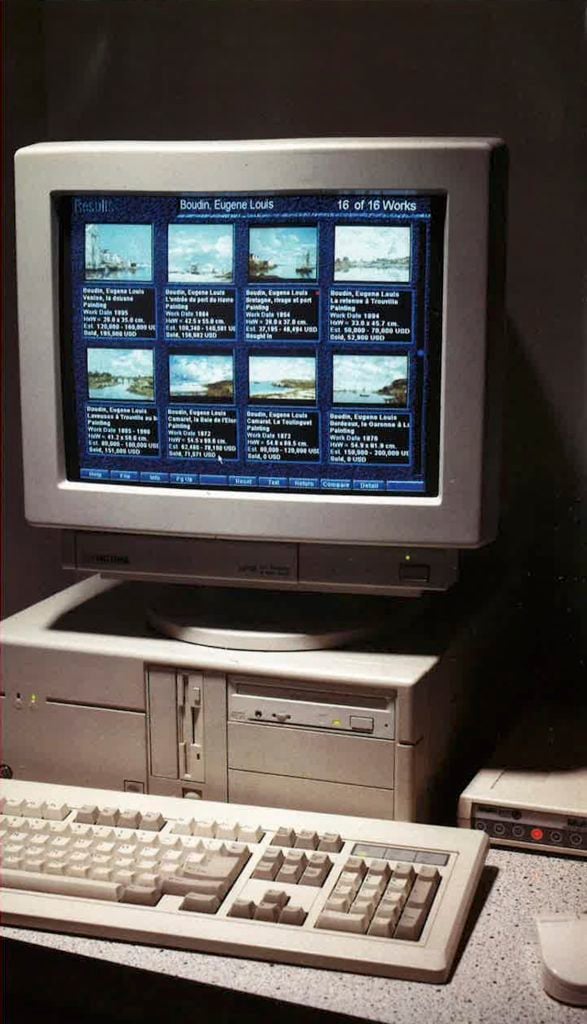
An early incarnation of artnet. Courtesy of artnet.
Why not?
This was before the internet, so we were making the database available to anyone who was interested through our own proprietary data lines that we had to rent from Compuserve and Infonet. But in many cases the data packages would travel fine through our fiberglass lines but not the last few steps into the house, because that was mostly old copper telephone wires. The data packages got stuck there—they couldn’t pass through because they didn’t have enough room. We only found this out years later. At the time, we never knew what was going wrong.
Was that the only way subscribers could access the data?
We had a fax service, too, but that was only the data, without images. And, of course, because we had automated it, we were sending out these faxes perpetually, and so the fax machines were going all the time. People complained, because it turned out that many people had their fax machines in their bedrooms, and so at night the fax would start to rattle with something that wasn’t urgent at all. It was price data. So those were some of the problems that we had at the time.
What made you believe in the company, despite these significant obstacles?
When I saw the electronic images, I thought, “This is bound to be very important for the art world.” It seemed so clear to me that I still don’t understand why nobody else thought so. A German publication once asked me what the biggest mistake of my life was, and it was to mistake a clear vision for close proximity. Because, you know, I always thought we were almost there—that everybody would understand it immediately—and that wasn’t the case.
But, from the beginning, our discussions about the potential were already pretty far advanced. We thought about eventually having a global online trading desk, not for auctions but for individual trades. Later, I came up with the idea for the gallery network. That was because I had a gallery, and I wanted to offer what I had to a larger audience. At the time I was printing out catalogs and sending them to people, but that was expensive, and art fairs were expensive, so I thought, online is the right way to do this.
You saw artnet as a more efficient way of displaying your inventory.
Yes. I thought other galleries might want to do the same, so I started the gallery network. Ultimately, I was the only one at the company who was making any decisions. I was running the business—I had 87 percent of it, and I was putting money into it all the time. The only two people who really helped me a lot were Schaeffer, a German friend of mine, and Rothschild. When I ran out of options and didn’t have any more money and there was another payroll due, I would call Rothschild, and he would come over with a check. He was very, very wealthy of course. He is still a shareholder and has a large share of artnet—I think 9 percent or so. He’s very supportive, a great guy. He also gives a lot of money to the ballet and the theater, but he’s art-minded.
If the product didn’t work, how did you get people to pay for it?
Perseverance. Patience. And the internet.
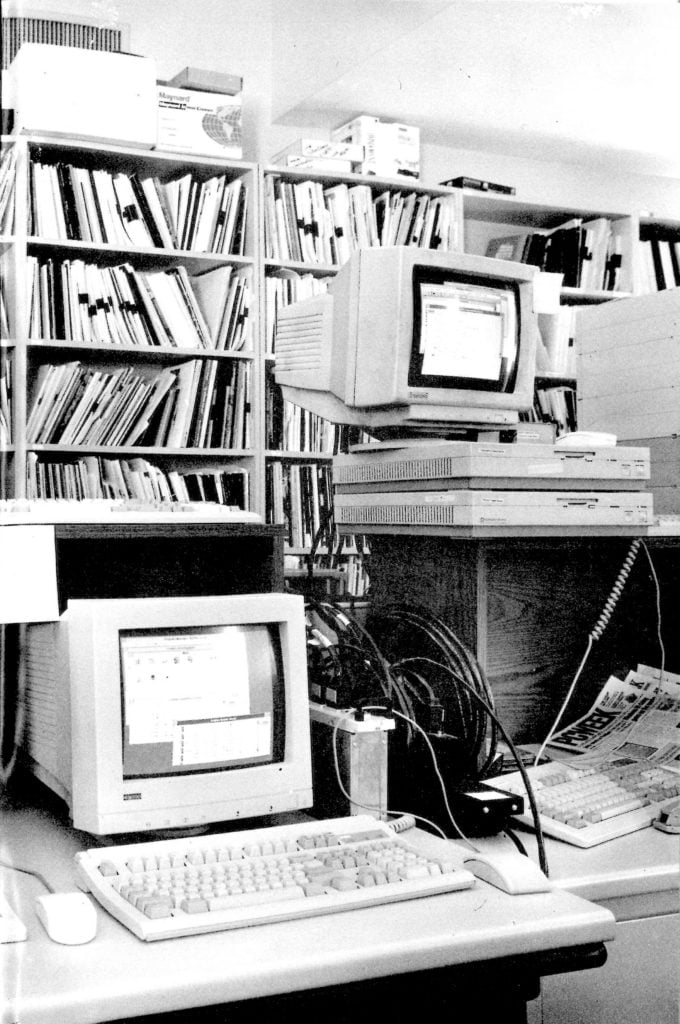
The artnet offices in 1995. Courtesy of artnet.
When did you move artnet onto the internet?
I had three consecutive CEOs running the company in New York when I was doing my business in Germany, and then at one point I gave up said, “This can’t continue—they’re not succeeding. I have to go there and fix it myself.” I had too much money in this business, so I wanted to save it. I also saw a big future for it. So I moved to New York in 1995 and took my family along. We had a townhouse on 64th Street. At the time, the internet, which had been invented around 1990, was starting to become commercial. I discussed it with our tech guys in the office, and they said, “Yes, the internet is the future—you should move to the internet. And, by the way, you’ll also save money.” Because I was paying a lot of money to Compuserve and Infonet.
So we moved to the internet. Back then, the internet had frequent brownouts, as they called it, where you couldn’t get any data across it. So there were some problems, but the infrastructure changed with the internet, because all of a sudden everybody had fiberglass in their homes. But those were very difficult years, I must say. I was on the phone all the time in order to raise money. That was mainly what I did. I would cold-call people and tell them, “This is the future.”
Going back to the core of artnet, the price database, how did you get the pricing data?
We just took it from the auction catalogues. Then Sotheby’s and Christie’s started complaining about it, and they each came over with a delegation of lawyers and their general counsel, and said, “No, you can’t do that.” And I said, “Yes, we can do that.” And they asked their lawyers, and their lawyers told them they didn’t have any copyright. It was public information, so anyone could take it. They were not happy at all.
How many people did you have extracting the data from the auction catalogues?
Not very many compared to today. In the beginning we had eight people sitting at makeshift desks in Pierre Sernet’s living room, then we moved to an office in the Hammacher Schlemmer building on 57th Street for a few years, where we had a total of maybe 24 people. Not very many. But this is how we were able to deliver the prices to the clients.
Did you have a vision for how this data was going to change the art market?
No. I just thought everybody would like it, and it would be a slam dunk. But it wasn’t.
Were there reasons it wasn’t a success other than the technical challenges?
At first, the dealers were actually opposed to it—they didn’t want price transparency. They wanted to fish in the dark. So we were not liked. But by then too many private clients had the information. They would bring printouts to the auction houses and say, “Here are the recent auction prices, and your estimate is much too high.” So the auction houses began to understand that people were using this too much for them to ignore it, and they started to adopt it. One day, Bill Ruprecht, who ran Sotheby’s at the time, called me up and said, “Can I come down and talk to you about an idea that I have?” I said, “Sure,” and he came down with his entourage.
Bill is a giant guy—he filled our conference room—and he said, “I think what you’re doing makes a lot of sense, and we would like to provide the data to our clients in our online catalogues, delivering your data right there so they won’t have to go to the database to figure out what each lot is worth. But, I want the data for free. In return, I will give you advertising, so each time someone sees your data the artnet name will be underneath with a link to subscribe.” And that gave the database a huge boost. I basically got all the Sotheby’s customers. And then Christie’s couldn’t stand on the sidelines, so they did it too.
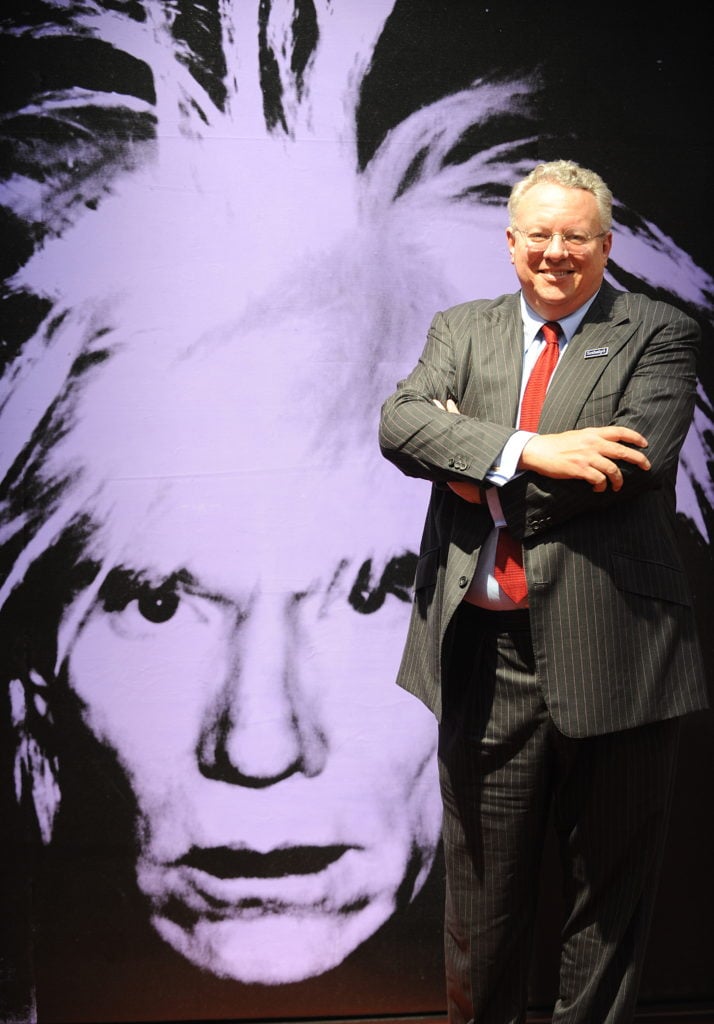
Former Sotheby’s CEO Bill Ruprecht next to an Andy Warhol self-portrait from from 1986. (Photo credit: MIKE CLARKE/AFP/Getty Images)
What impact did the artnet Price Database have on the market in these early days?
The fact is, we put a lot of dealers out of business. There is a building on 57th Street and Madison, the Fuller Building, where there used to be many galleries, and there were traders who would take the elevator up and down and do business between the galleries on the different floors, buying something on one floor and selling it for a profit one floor up. These runners have always existed in the art trade, because the dealers don’t talk to other dealers because they’re full of jealousy. So the runners had a function, even within a single building.
A lot of these middlemen went out of business after artnet, because they were using small price differences to make a living, and all of a sudden that wasn’t so easy anymore. People were upset. [The private dealer] Timothy Baum, for instance, once complained to me, “You’re putting us all out of business. What kind of shit are you doing?” He was really angry.
Because people were capitalizing on the inefficiency of the marketplace, and you were making it more efficient.
Yes, the market was completely inefficient, and the runners had been doing a good job improving that a little bit. But we wanted a very different degree of efficiency.
The data in the artnet Price Database has always been taken from the secondary market, from public auction results. Did you ever try to obtain primary-market data, the prices that the galleries themselves are charging for art?
Well, we talked to galleries and tried to convince them to give us their prices, but they wouldn’t do it. We’ve tried again and again. We thought about schemes of offering dealers better rates if they post their prices, and we’ve even told them they didn’t need to post the exact price, they could post a range, like the auction houses do with their estimates. Some dealers did it, and most others did not. They don’t want to do it, because they think another dealer will underbid them, or pay more, or whatever. They want to play their cards close to the vest.
The primary market is the last real refuge of secrecy in pricing. Nobody knows what the prices are, so everyone keeps their own lists, just like in the old days.
It’s true. Dealers think they can protect their margins that way.
Do you think those prices will ever go online and become transparent as well? Some experts say this opacity is the main obstacle to even greater growth of the overall marketplace.
It’s already happening. It’s slow, but it’s happening. Now you sometimes see prices posted at art fairs. I always posted my prices when I did art fairs, but recently other galleries have begun to do that too. I think they’re coming out of that obsession with secrecy, and that’s good. They should understand that a transparent market where people have confidence in buying is better for everyone, and will be much more efficient.
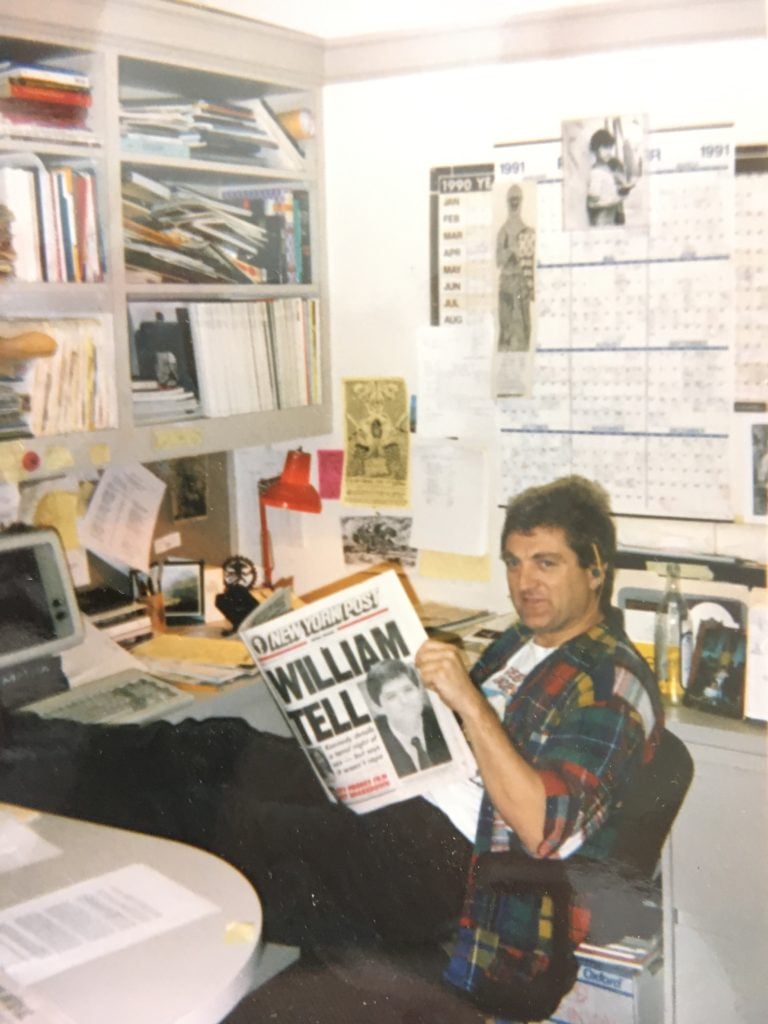
artnet Magazine founding editor Walter Robinson. Photo courtesy of Walter Robinson.
How did you come to start artnet Magazine?
I was always thinking about the problems the art trade had. First of all, there’s the access to price information. Then there’s the communication with the customer, which is why I started the gallery network. But I also thought that in every industry there is a press, so I wanted to have a news service. We called it a “magazine” because we couldn’t think of anything else, and there were two people vying for the top job. One was Walter Robinson, and one was another guy.
Anyway, they were always fighting, and it became so unbearable that I was confronted with the necessity to fire one of them. I fired the other one, and I kept Walter. At the time I didn’t even know that he was an artist. With Walter, we were lucky. He was a really intelligent guy. Occasionally you had people who understood what we were going after. Anyway, that’s how that started, and people liked it right away.
Is it true that artnet Magazine was the second-ever online publication?
Yes. There was only one other online publication at the time, and that was Slate. Microsoft bought it.
Who were some key people at artnet who were instrumental during this phase of growth?
Bill Fine played an important role in the evolution of artnet.
How did you first meet Bill?
Everybody knew Bill. He was making the rounds at all the galleries, selling advertisement for art magazines. Here was a guy who would call me up at 7 o’clock in the morning from the airport and say, “I’ve just landed in Frankfurt. Can I come over? Do you have coffee?” Then sometimes he would sleep on a bench in the adjoining park for an hour’s nap before bothering me at 9 o’clock. And then he would would proceed to sell me advertising in Art in America.
How did he come on board at artnet?
Bill saw the end of his business coming, and he just liked the idea of artnet—he really understood that we were up to something that could be very interesting. So he joined us, and Bill has played a very important role ever since. I mean, he lives in Connecticut, but he used to have an apartment in New York that he would use whenever he stayed in town, and he threw parties there. When artnet ran out of money, he sold the apartment for $275,000, and gave us the money, and that helped us survive. That was early on. Bill was really one of the early supporters. He always also knows where the money is, and he knows exactly what’s going on in the finance department. He has the numbers in his head—I never do. His presence has really helped us out of the hole again and again. We struggled until people came around.
You must have had great faith in your vision. Was it like with Baselitz, when you knew there was value in his paintings when no one else did?
I didn’t know what I was doing. It was tough, but it was a great adventure. I loved it.
Read the Previous Installments:
Follow Artnet News on Facebook:
Want to stay ahead of the art world? Subscribe to our newsletter to get the breaking news, eye-opening interviews, and incisive critical takes that drive the conversation forward.
